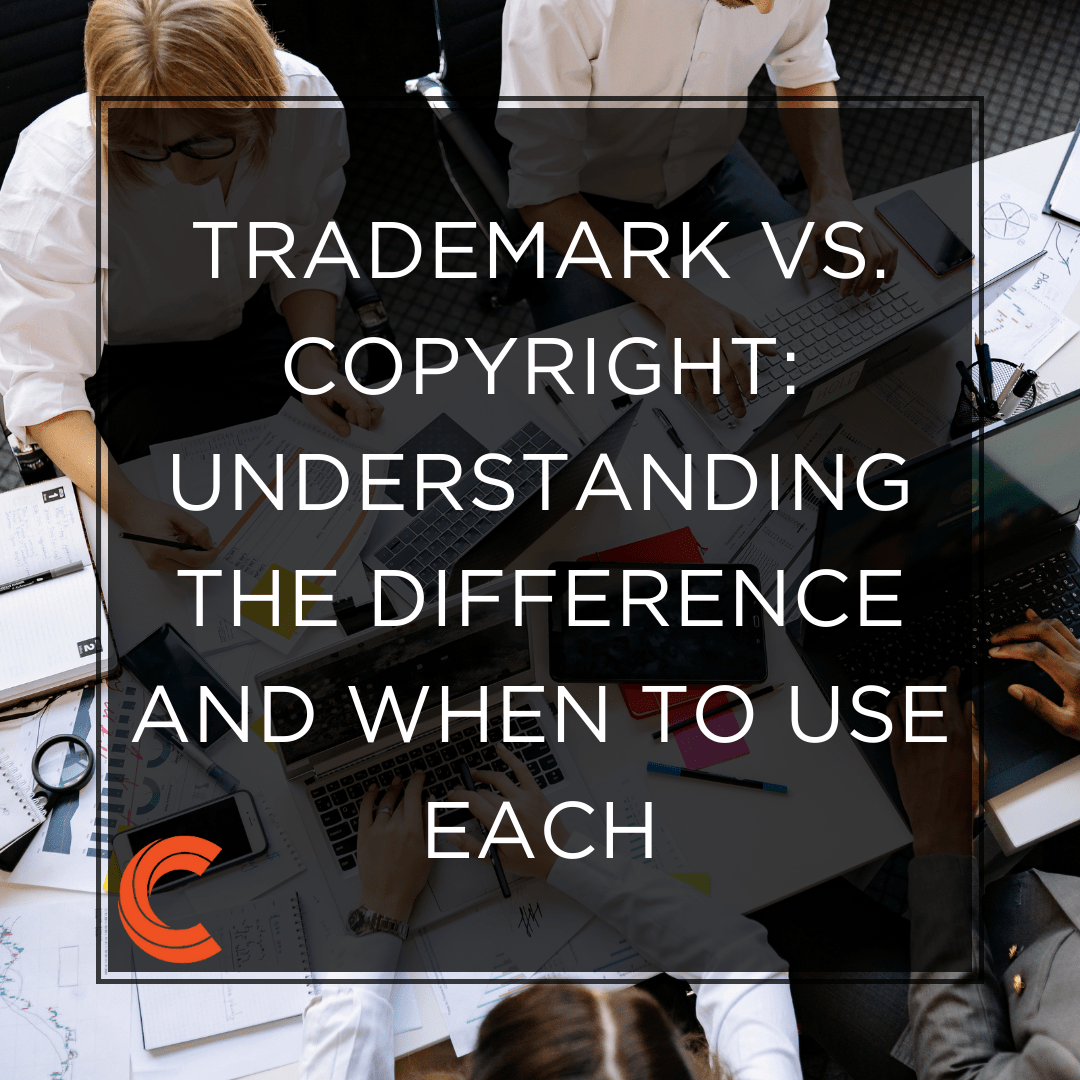In the world of intellectual property, trademarks and copyrights are two crucial tools for protecting your creative endeavors. While both offer protection, they serve distinct purposes. Understanding the difference between trademarks and copyrights is essential for any business owner or creator.
What is a Trademark?
A trademark is a symbol, word, phrase, or design that identifies and distinguishes the source of goods or services. Think of it as the brand identifier that sets you apart from competitors. Here are some common examples:
- Logos: The iconic Nike swoosh or the Apple logo are instantly recognizable trademarks.
- Brand names: “Coca-Cola” and “McDonald’s” are protected trademarks for their respective brands.
- Slogans: “Just Do It” by Nike or “Melts in Your Mouth, Not in Your Hand” by M&Ms are protected trademarks.
What Does Trademark Protect?
Trademarks prevent consumer confusion by:
- Ensuring customers know the source of a product or service. A trademark helps consumers differentiate between your brand and those of competitors.
- Protecting your brand reputation. A strong trademark helps safeguard the goodwill you’ve built with your brand.
- Discouraging unfair competition. Trademarks prevent others from mimicking your brand to mislead consumers.
What is Copyright?
Copyright protects original works of authorship in a tangible form. This includes:
- Literary works: Books, articles, blog posts, poems, scripts.
- Artistic works: Paintings, photographs, sculptures, graphic designs.
- Musical works: Songs, recordings, musical compositions.
- Audiovisual works: Movies, videos, television shows.
- Computer software: Source code, software applications.
What Does Copyright Protect?
Copyright protects the original expression of an idea, not the idea itself. Here’s what copyright covers:
- The unique creative elements of a work, like the plot of a novel or the melody of a song.
- The way information is presented, such as the layout of a website or the formatting of a book.
Understanding the Key Differences
While trademarks and copyrights protect intellectual property, they differ significantly:
- Subject matter: Trademarks protect source identifiers, while copyrights protect original creative works.
- Registration: Trademarks are registered with a government agency, while copyright protection arises automatically upon creation of the work.
- Protection duration: Trademarks can be renewed indefinitely, while copyright protection lasts for a set period (usually the author’s life plus 70 years).
- Enforcement: Trademark infringement involves unauthorized use of a similar mark, while copyright infringement involves unauthorized reproduction or distribution of a copyrighted work.
When to Use a Trademark
Use trademarks to protect:
- Brand names: The name under which your business operates.
- Logos: The visual symbol that represents your brand.
- Slogans: The catchphrase associated with your brand.
- Product names: The names of your specific products or services.
When to Use a Copyright
Use copyright to protect:
- Original written content: Articles, blog posts, books, scripts.
- Creative designs: Logos, graphics, illustrations, website design.
- Artistic works: Paintings, photographs, sculptures.
- Musical compositions: Songs, instrumental pieces, lyrics.
- Software code: The underlying code that makes software function.
Can a Work Be Protected by Both?
Sometimes, both trademark and copyright can protect a single work. For example, you can trademark a book’s title, while you can copyright the written content.
Seeking Legal Expertise
Navigating intellectual property law can be complex. If you have questions about trademarks, copyrights, or protecting your creative work, consider consulting a lawyer specializing in intellectual property law. Lawyers like those at Carbon Law Group can help you with:
- Understanding which type of protection (trademark or copyright) is best for your specific work.
- Registering your trademark with the USPTO (United States Patent and Trademark Office).
- Enforcing your trademark rights in case of infringement.
- Understanding copyright law and how it applies to your work.
Conclusion
Trademarks and copyrights are valuable tools for safeguarding your intellectual property. By understanding the differences between them and when to use each, you can effectively protect your brand, creative works, and ensure your business thrives. Remember, seeking legal guidance from an experienced intellectual property lawyer at Carbon Law Group can be crucial in navigating intellectual property law and securing the right protections for your unique needs.





